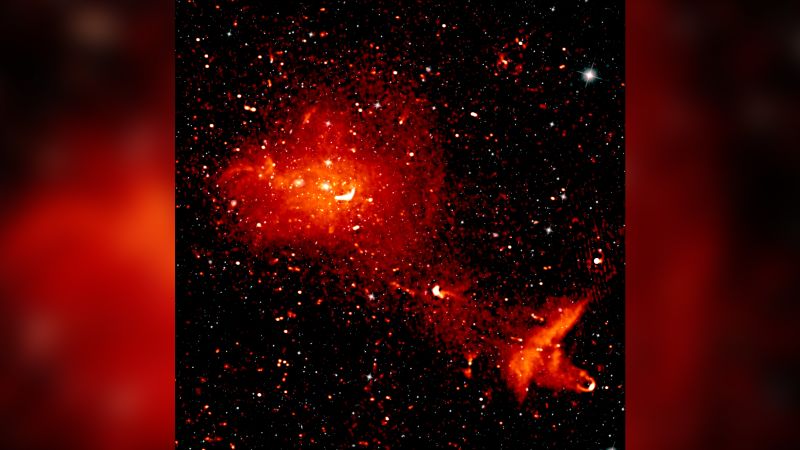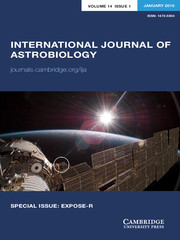Astronomers have detected the largest organic molecule ever seen in a cloud of planet-forming dust, potentially offering new insights into the way that the building blocks of life end up on planets.
Using the Atacama Large Millimeter/submillimeter Array (ALMA) telescope in Chile, researchers studied the light emitted by different molecules in the lopsided ring of dust and ice surrounding the young star IRS 48, located about 444 light-years from Earth in the constellation Ophiuchus.
Within the dusty ring, the researchers saw clear traces of an organic compound called dimethyl ether — a large molecule that's commonly detected in stellar nurseries (cold, dusty regions of space where new stars form) and is a precursor to crucial building blocks of life, such as amino acids and sugars, the team wrote in a study published Mar. 8 in the journal Astronomy and Astrophysics.
https://www.livescience.com/largest-...t-forming-disk
Using the Atacama Large Millimeter/submillimeter Array (ALMA) telescope in Chile, researchers studied the light emitted by different molecules in the lopsided ring of dust and ice surrounding the young star IRS 48, located about 444 light-years from Earth in the constellation Ophiuchus.
Within the dusty ring, the researchers saw clear traces of an organic compound called dimethyl ether — a large molecule that's commonly detected in stellar nurseries (cold, dusty regions of space where new stars form) and is a precursor to crucial building blocks of life, such as amino acids and sugars, the team wrote in a study published Mar. 8 in the journal Astronomy and Astrophysics.
https://www.livescience.com/largest-...t-forming-disk
STLah







 I suppose it depends, to some degree, how one defines these things and where on is looking. Hmmm.
I suppose it depends, to some degree, how one defines these things and where on is looking. Hmmm. 






Leave a comment: